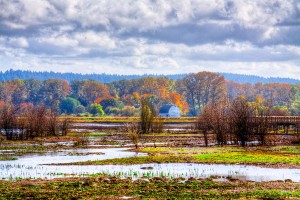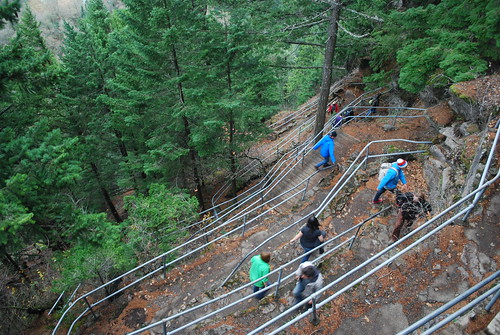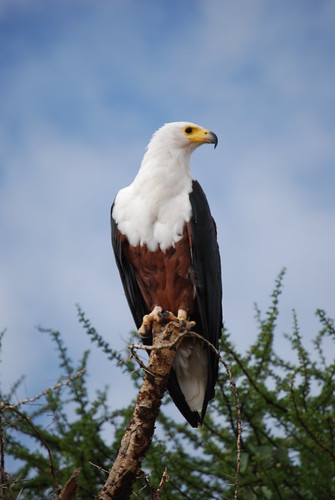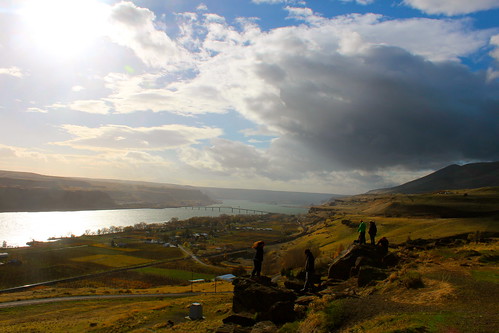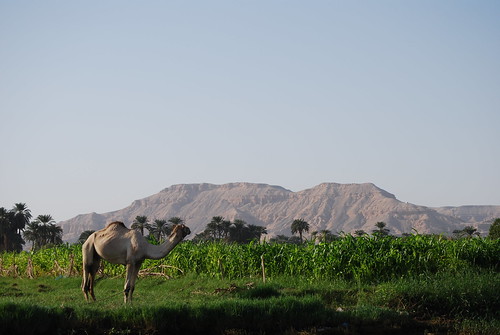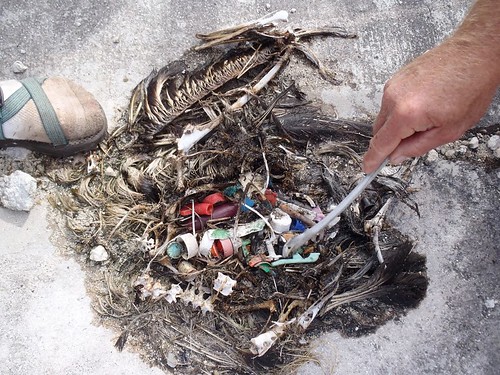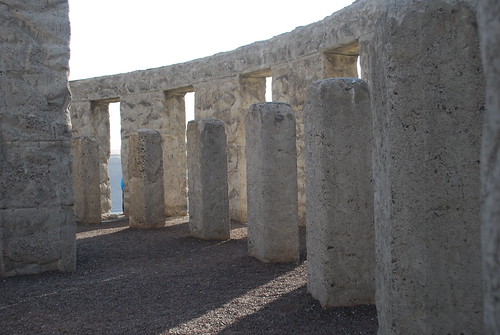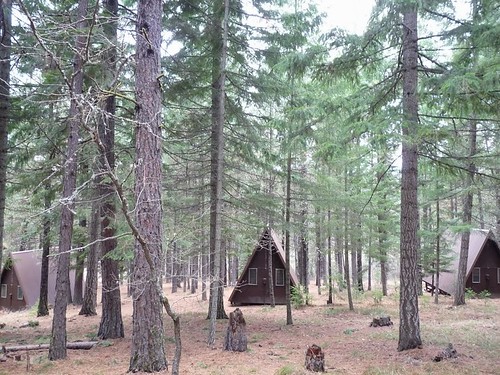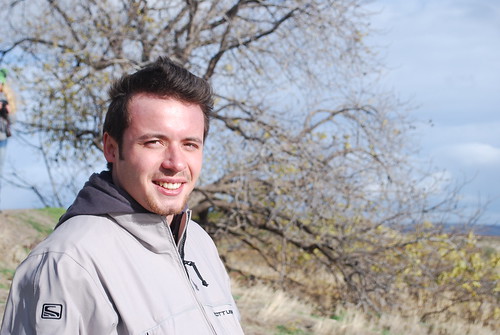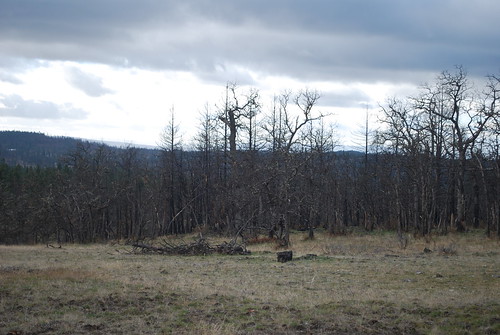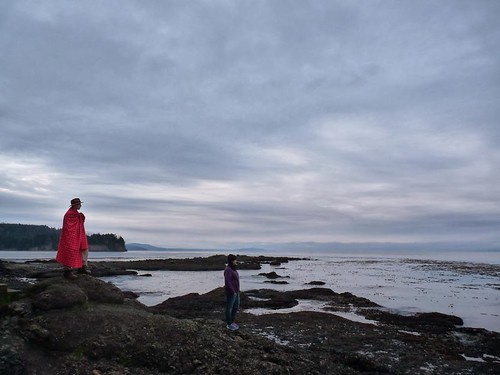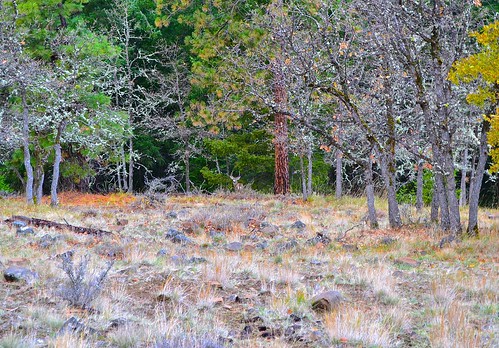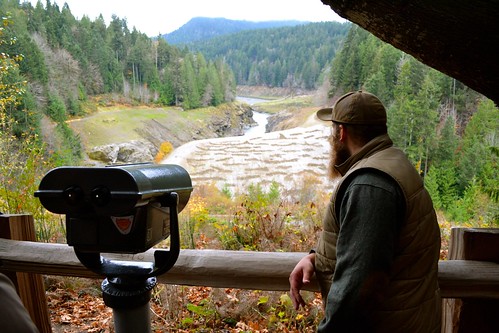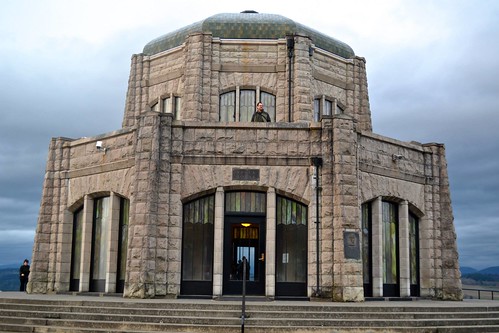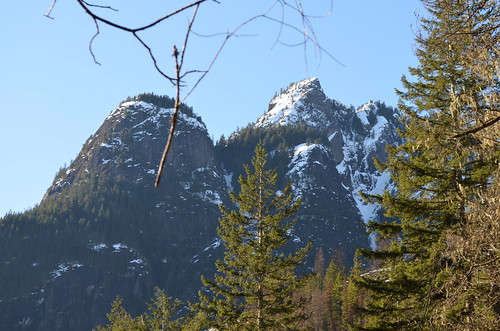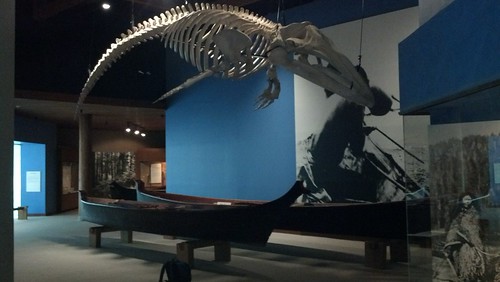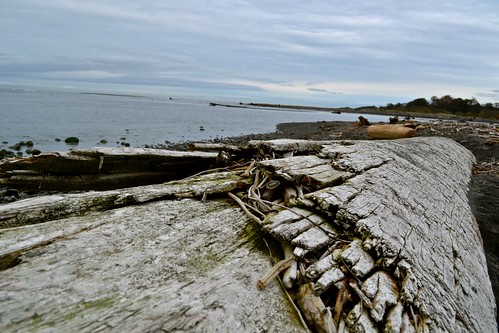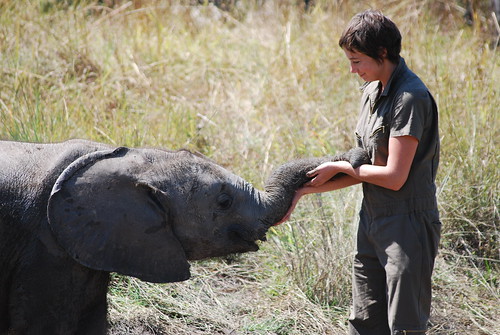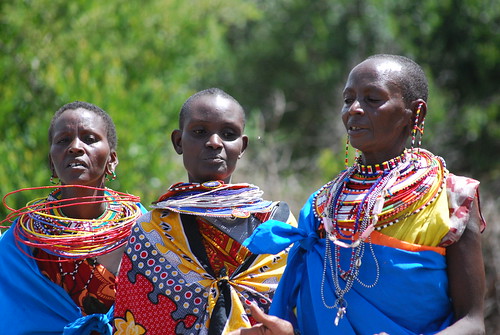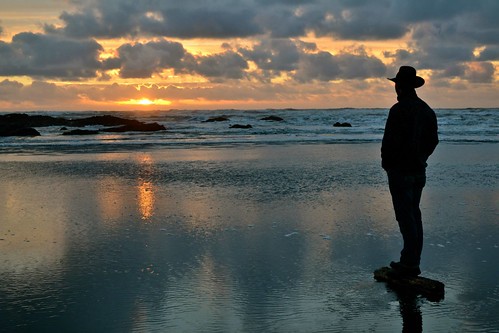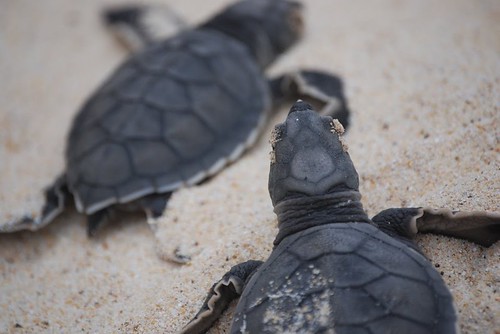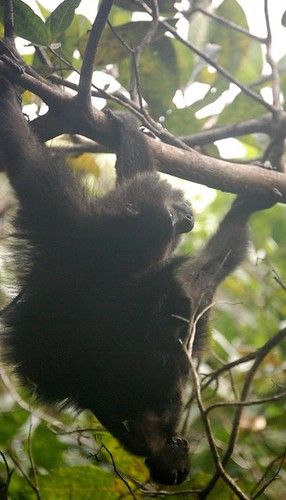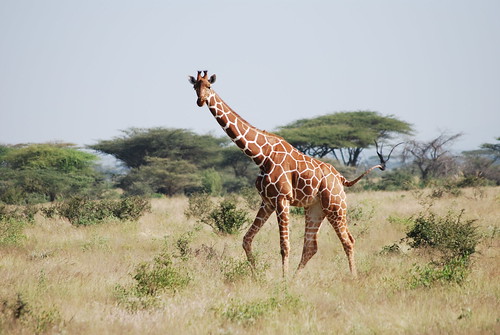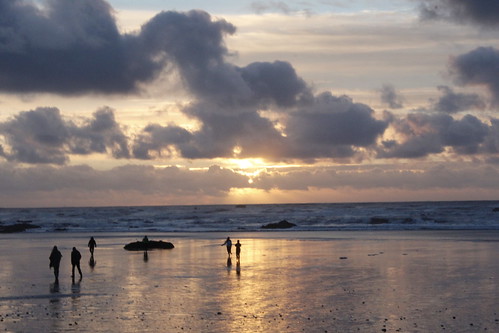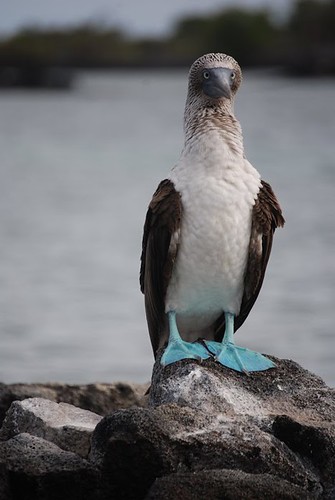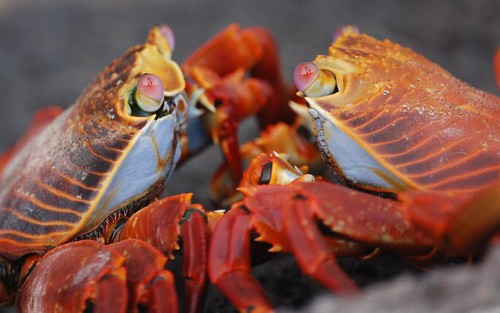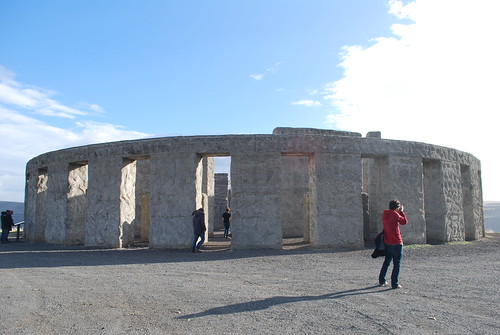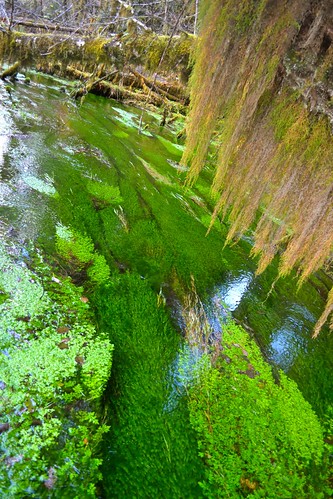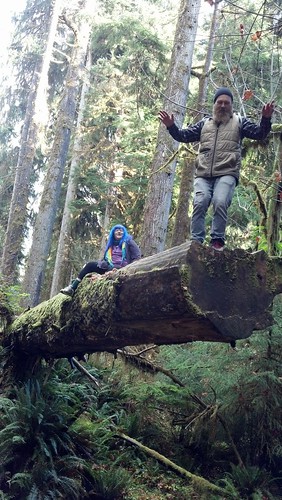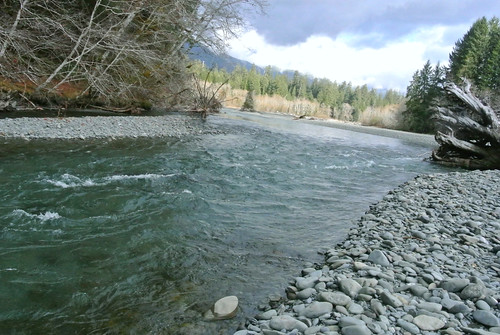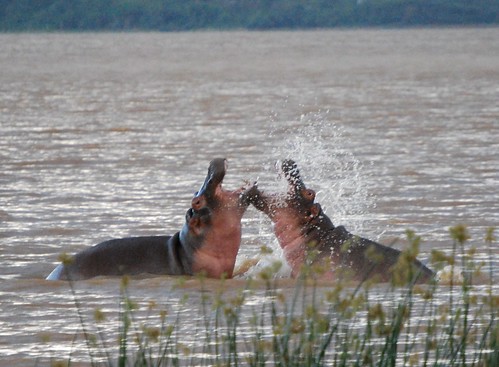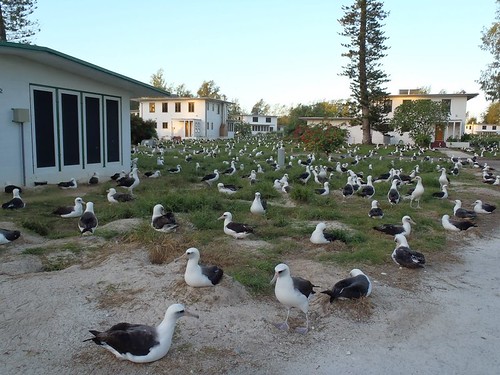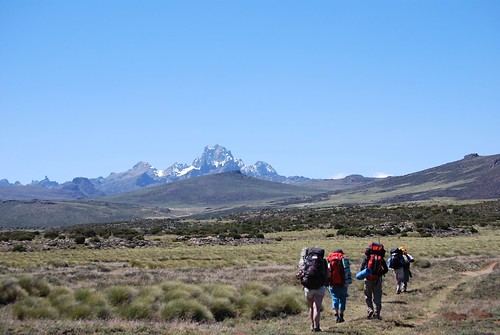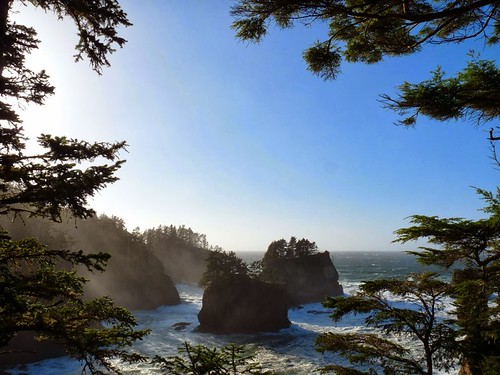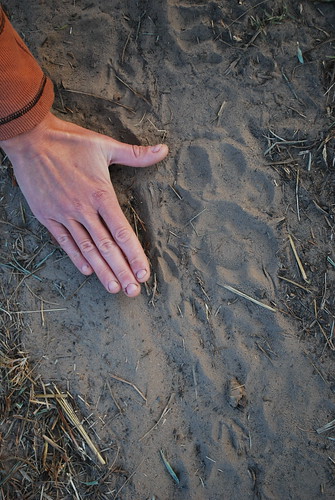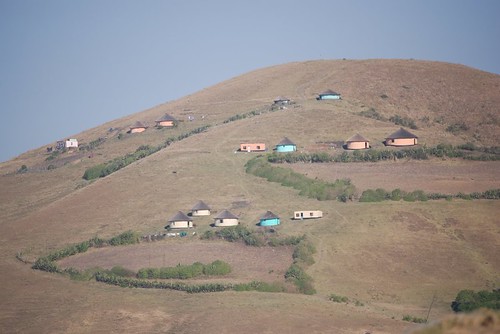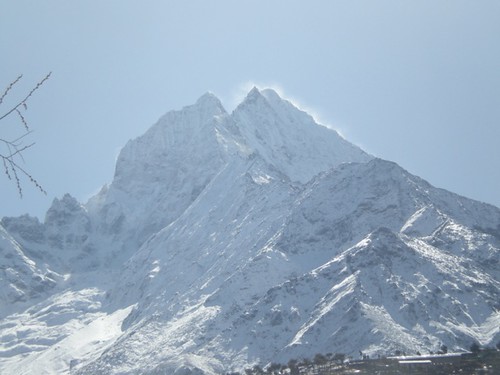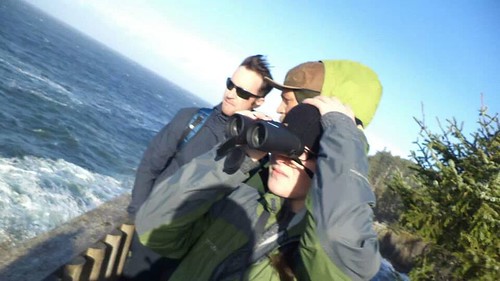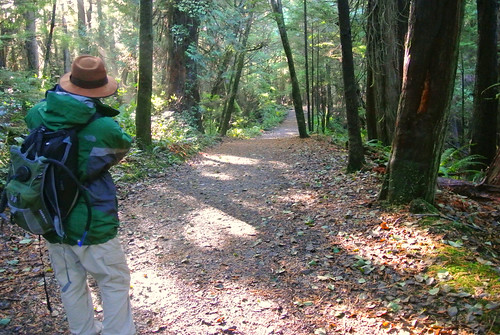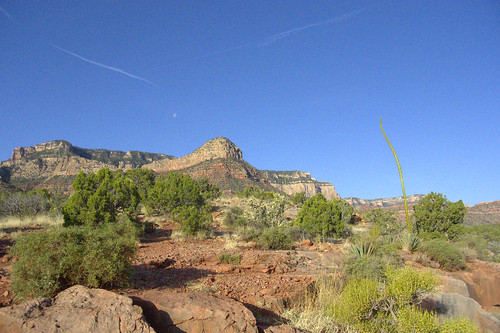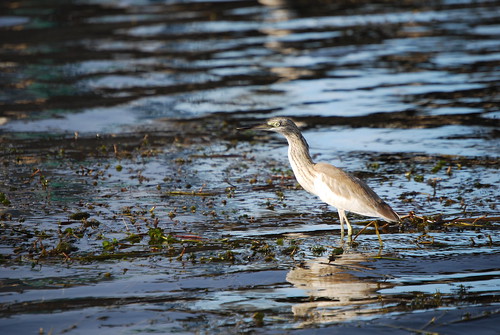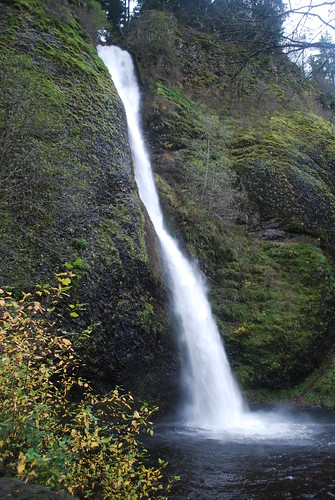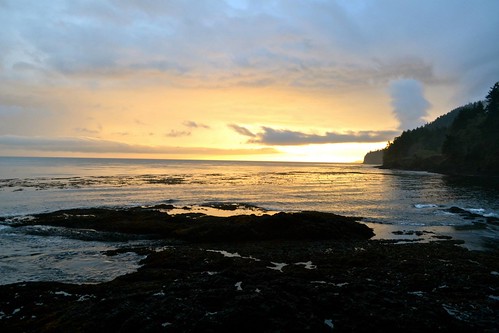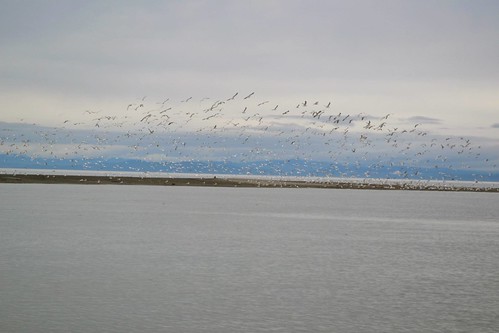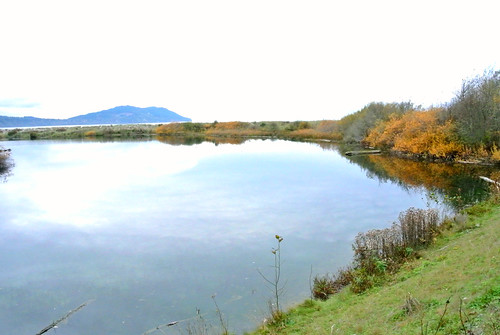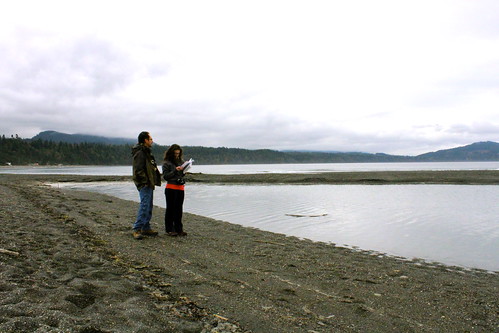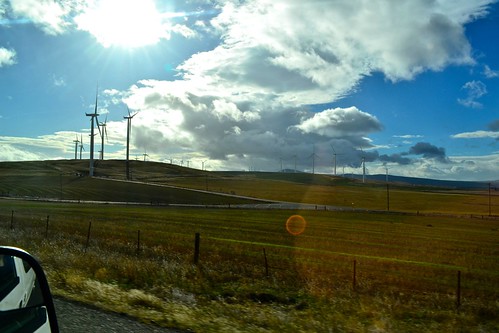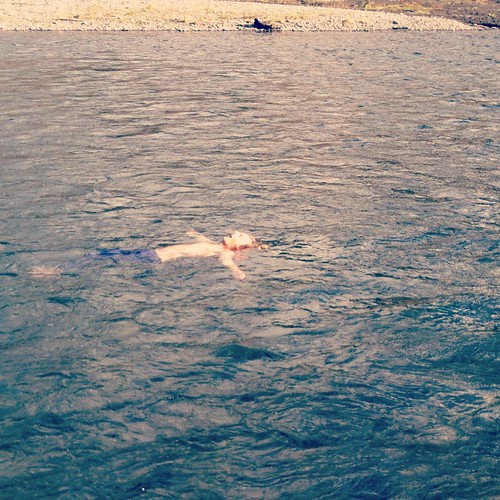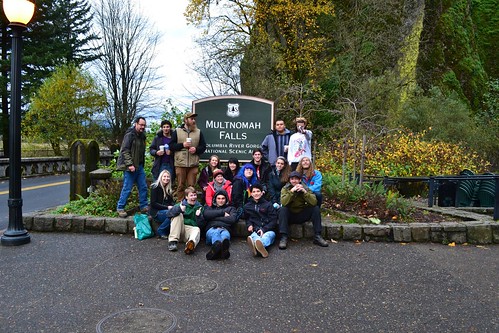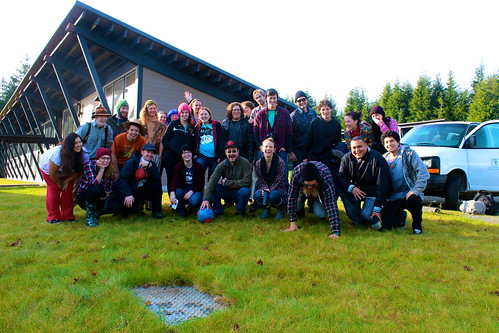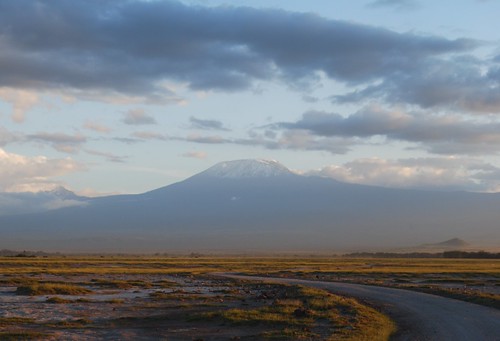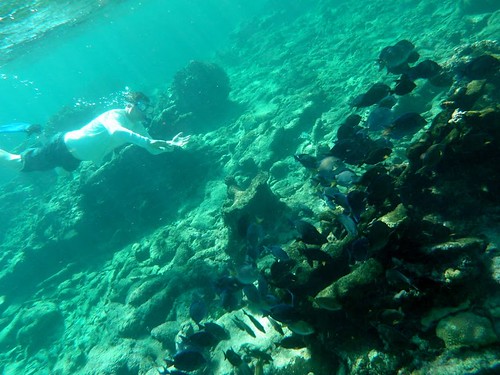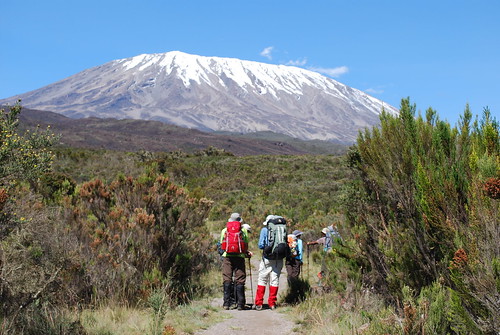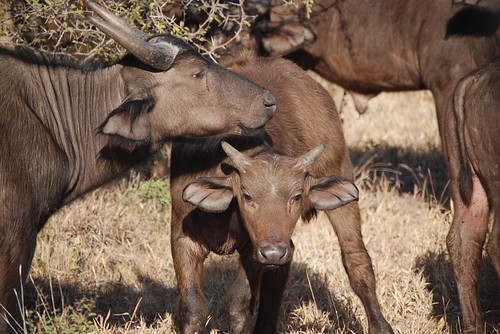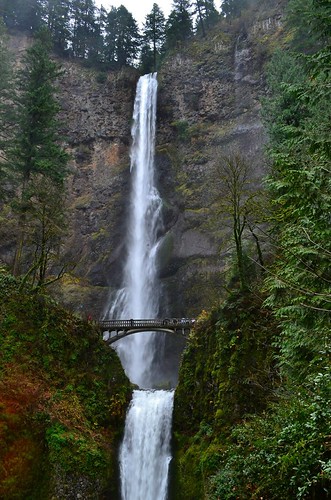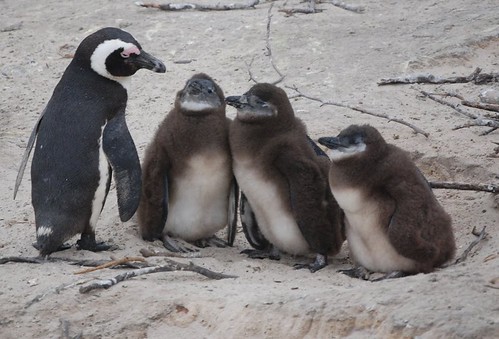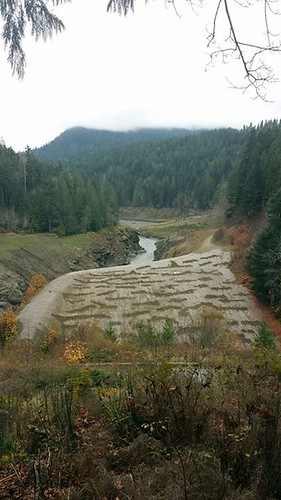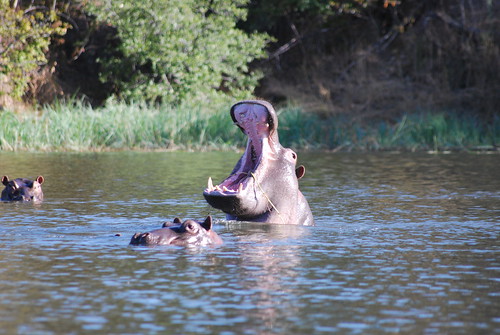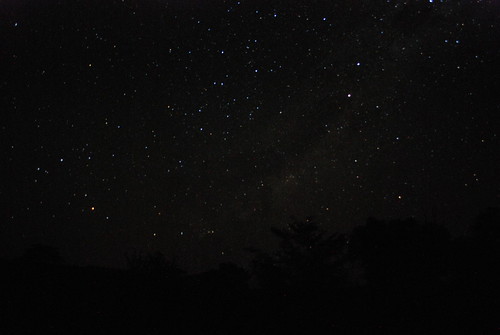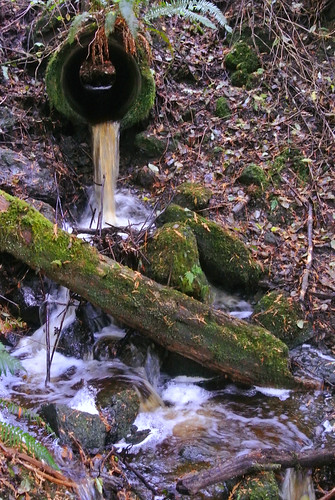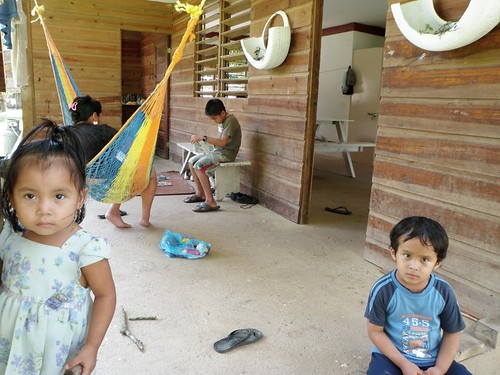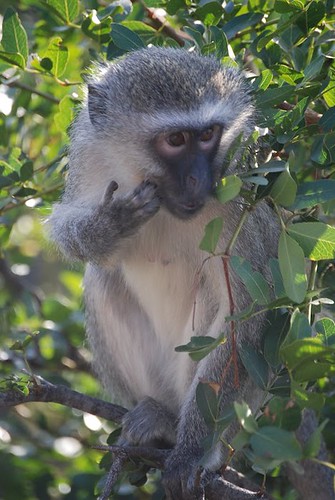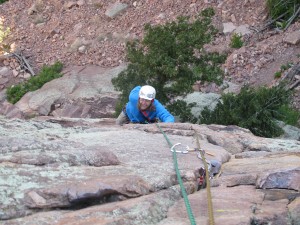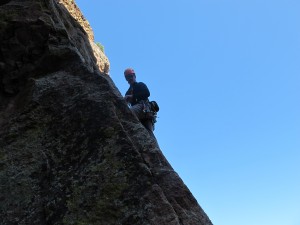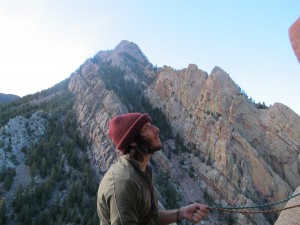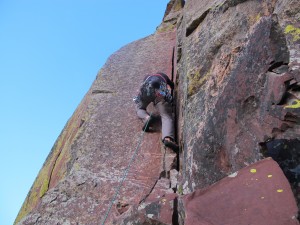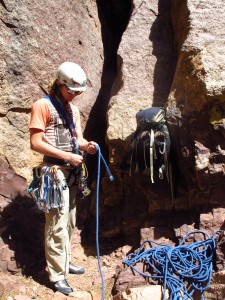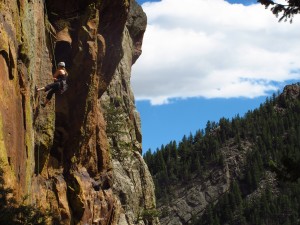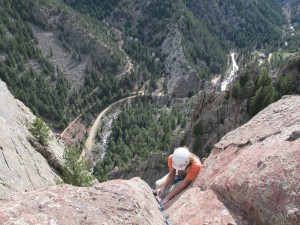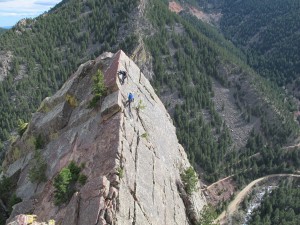The Intergovernmental Panel on Climate Change has submitted their preliminary Fifth Assessment Report in September 2013. It is an eye-opening analysis of climate data from around the world by an international panel of scientists. Those with little to no scientific background should view the Summary for Policy Makers, intended for those who want to see the big picture without needing a large amount of background. Those who wish to sink their teeth into the science should read the Technical Report, which goes into much more depth on the various facets of climate change. Both can be found here:
Monthly Archives: November 2013
algeria
algeria m1
Washington: Wildlife Refuge
Nisqually National Wildlife Refuge
Price-3 dollars per car
Distance-8 miles from Olympia
Where freshwater meets salt water, the Nisqually river merges with the Puget sound creating the estuary, freshwater wetlands and woodlands with in this park. Home to over 250 migratory bird species and varieties of salmon, the Nisqually wildlife refuge is visited by around 10,000 people annually.
Pierce National Wildlife Refuge
Distance-2 hours and 15 minutes from olympia
Within view of the Columbia river gorge area, hosts a variety of flora and fauna. With in this park is the Hardy creek, one of the last locations to the chum salmon run. They are also a variety of other salmon in this area such as the coho and the Chinook. The main office also is responsible for overlooking both the Steigerwald Lake and Franz Lake Refuges. The visitation is currently limited to arranged groups, however the near by beacon rock refuge is open to explore.
Lewis and Clark National Wildlife Refuge
distance- 2 hours from olympia
located at the mouth of the Columbia river, the lewis and clark national wildlife refuge is the seasonal home to shore birds and nearly 30-35 bald eagle nesting sites, 1,000 tundra swans, 5,000 geese, and 30,000 ducks. This is also home to many fish species including various salmon, american shad, smelt, perch, starry flounder, bass, catfish, and Pacific lamprey. Harbor seals and sea lions can also be spotted in this estuary.
San Juan Islands National Wildlife Refuge
Distance- 4 hours from Olympia
Located in the northern part of the Puget sound, the san juan islands national wildlife refuge contains around 450 acres of rocks, reefs, and island habitats. All refuge islands are closed to the public in an effort for preservation, with the exception of Matia and Turn.
Flattery Rocks National Wildlife Refuge
Distance-4 hours and 30 minutes from Olympia
The flattery rocks refuge consists of almost 900 islands, rocks, and reefs. This park extends for nearly 100 miles along the Washington pacific coast. The majority of this is closed off to the public in order to maintain the character of the area. This is a key area for shore bird nesting, attracting millions of nearby migratory birds. Seals, sea lions and whales also frequent this region.
Author-
Candace Mason
Class Photos
http://www.flickr.com/photos/106477439@N08/
Photos provided by: Patrick McGee, Garrett Lomanto, Kai Rain, Vijay Vaidya, Jason Waite, Kirstin Craig, Tess Trainor
Eldorado Canyon Rock Climbing
A post about student Eric Swenson and his adventures traditional rock climbing in Eldorado Canyon near Boulder, CO.
Traditional rock climbing (or more simply trad climbing) is a style of climbing in which a climber or group of climbers places all gear required to protect against falls, and removes it when the pitch (segment of a climb, usually the full length of the rope) is complete. The lead climber is the one who climbs the route first and places all of the protective gear. The follow climber is belayed (tied into and protected with the rope) from above by the lead climber. The follow climber removes all of the pieces of protection, leaving the rock clean and unmarred. Important features of trad climbing are a strong focus on exploration, and a strict dedication to leaving nature unblemished by avoiding use of older means of protection such as pitons, which damage the rock. A multi-pitch climb is a climb that is taller than 2 or more pitches. Every climb in this post is a traditional, multi-pitch climb. I am both following and leading climbs on these trips.
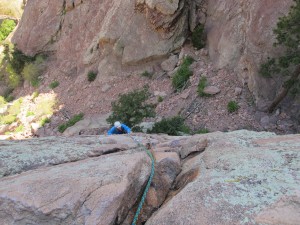
Eric Swenson follow climbing the first pitch of the Wind Ridge on the Wind Tower in Eldorado Canyon State Park near Boulder, Co.

The view from the top of Swanson’s Arete. On of the best views of Boulder, Denver and the Great Plains.
Canada and Polar Bears – Multiple sources.
Canada’s refusal to protect polar bears comes under scrutiny
Allies and neighbors of Canada have called for a formal investigation into Canada’s refusal to offer full protection to polar bears. Canada currently only offers limited protection to polar bears. Officials have not given enough importance to research predicting the immense loss of polar bears ongoing and in the near future.
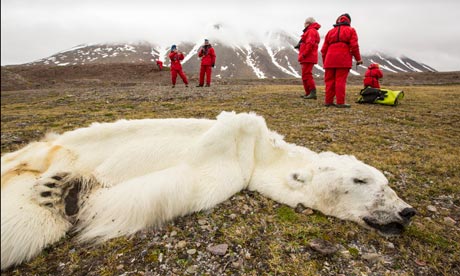
[Image source: The Guardian]
Polar bears in Churchill, Manitoba, Canada
Polar bears visit this area (especially garbage dumps) and it is one of few places where people can see polar bears in the “wild” without having to go too far into the wilderness. Is it healthy for polar bears to be this kind of tourist attraction? Can this tourist attraction be used to help raise awareness and funds for polar bear conservation?
More on Polar Bears..
Starved polar bear perished due to record sea-ice melt, says expert
Starfish Die Off
Across the Western Coast, sea stars have been dying off. The Sunflower Star, which can have up to 2 dozen arms and weigh up to 5 kg, have been experiencing a massive epidemic. First noted in September 2013 in the Howe Sound, near Vancouver, BC, the phenomenon has since spread from Alaska all the way to Southern California.
Marine biologist Jeff Marliave, from the Vancouver Aquarium, describes the scene: “The sick ones tend to just fall apart in front of your eyes… An arm will actually break off and crawl away. Then they turn to goo.” Though scientists are still unsure of the cause, the main guess is a disease. The starfish populations have been undergoing a boom over the last two years, with populations peaking in 2012. With such high population density, infectious diseases can ravage a population before any response is possible.
With funding low, scientists are reaching out to the public to help collect data. SCUBA divers can submit relevant data from their dives, specifically location, approximate starfish population, depth, water temperature, and (if available) salinity and dissolved oxygen levels. Any data can be submitted to the Vancouver Aquarium at fishlab@vanaqua.org
Further Reading:
http://nwpr.org/post/mass-starfish-die-hits-vancouver-may-happen-washington
http://bc.ctvnews.ca/vancouver-aquarium-alarmed-at-mass-die-off-of-starfish-on-ocean-floor-1.1487804
An excellent gallery of photos, with both before and after the epidemic:
Tourism threat to Earth’s last great wilderness
Tourism threat to Earth’s last great wilderness
The soaring numbers of tourists cruising to the Antarctic could have serious environmental implications for the world’s last great wilderness. Delegates have met to call for tougher safety regulations…
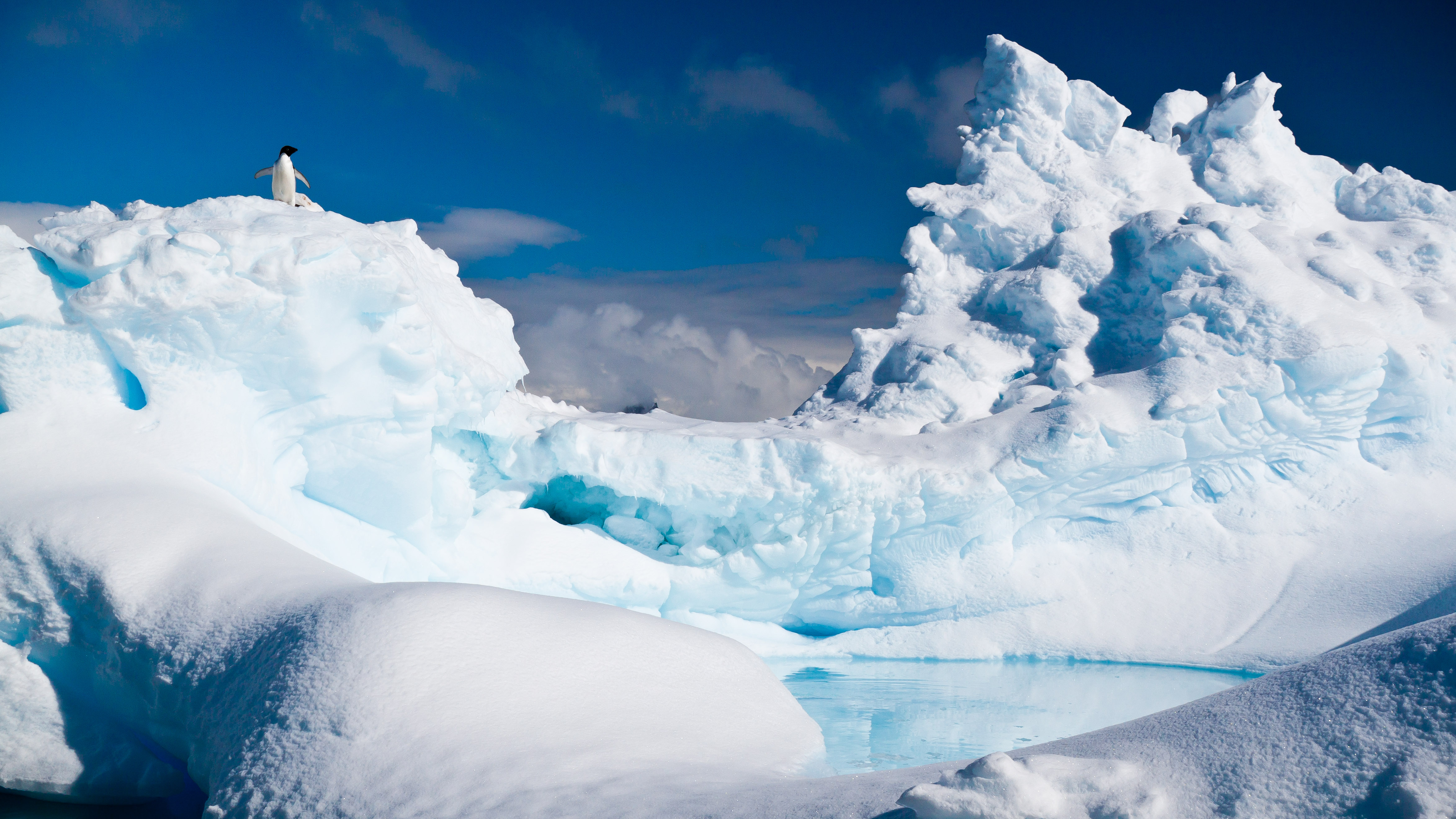
[Image Source]
Tourists cause pollution problems in Nilgiris dt.
Tourists cause pollution problems in Nilgiris dt.

[source: The Hindu] Officials in Nilgiris district as well as members of The Department of Tourism are working on ways to promote responsible tourism to combat the ‘irresponsible’ activities of ‘insensitive’ tourists who leave behind copious amounts of garbage and convert ecologically sensitive areas into picnic spots.
Paradise lost on Maldives’ rubbish island
Paradise lost on Maldives’ rubbish island
[source: The Guardian] Popularly known as a tropical paradise, and Maldives hides a dirty secret: the world’s biggest rubbish island. A few miles away from the Maldivian capital rests the artificial island created to solve the city’s refuge problem. With more than 10,000 tourists a week, the rubbish is rising…

[image source: http://i.dailymail.co.uk/i/pix/2012/06/24/article-2162653-13C2A9E5000005DC-409_964x615.jpg]


